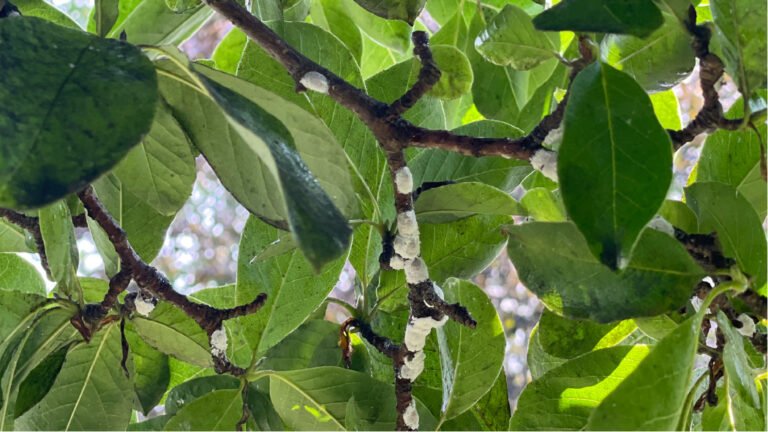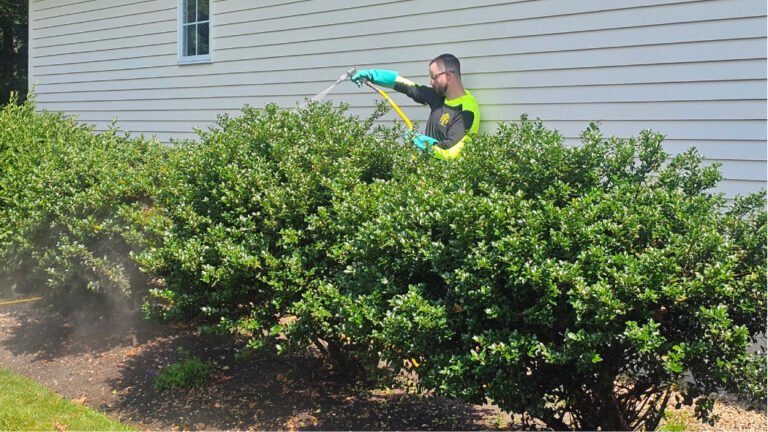Root zone excavation (also called air spading or root collar excavation) is a method used to safely expose and inspect a tree’s roots—especially around the trunk—without damaging them. It’s often done to address soil compaction, poor drainage, root girdling, or to prep for construction near trees.
How do I know if my tree needs to have a Root Zone Excavation done?
First, consult a certified arborist. Trees often show decline by flagging parts of their canopy due to issues like damaged roots from construction or inability to transport water and nutrients. Girdled roots block this flow, similar to a blocked artery. Many factors can cause trees to flag, so it’s crucial to talk to an arborist before doing root zone excavation.
What is a girdling root and how do they form?
Girdling roots can begin forming if trees stay too long in their nursery pots. They circle around the trunk, hindering proper growth. When planting, remove girdling roots to help the tree thrive. You may need to pull back soil to identify these roots. Perform root pruning before planting to eliminate girdling roots.
Another way that girdling roots can form if a plant is placed too deep or over-mulched. To keep the tree healthy, it’s essential to plant it with the root flare exposed and avoid burying it. Buried flares lead to adventitious roots that encircle major roots and potentially the trunk.
My arborist and I have determined that a root zone excavation is necessary, what should I expect?
Depending on the scope of the root zone excavation, an arborist may use an air compressor and an air knife. Soil and grass will be blown away from the base of the tree to uncover the root flare. Root pruning may then be conducted if necessary, removing adventitious roots or large girdling roots. If a large girdling root is discovered, it could potentially harm the tree. The decision to keep or remove such roots should be discussed with the tree owner.
Avoid being in the yard during this messy procedure as dirt particles will be airborne. We strive to leave the site in good condition with a visible root flare when finished.
Root pruning is a major procedure, similar to open heart surgery. Trees need help to recover. Consult your arborist for a recovery plan to boost the tree’s vigor.





